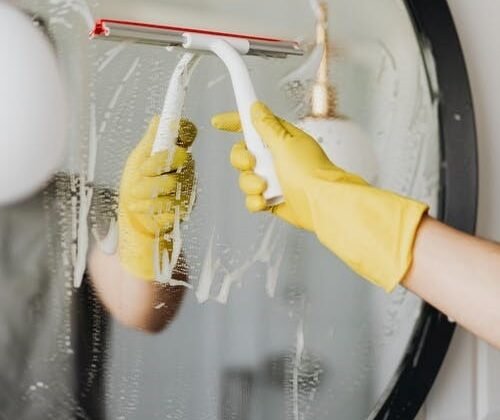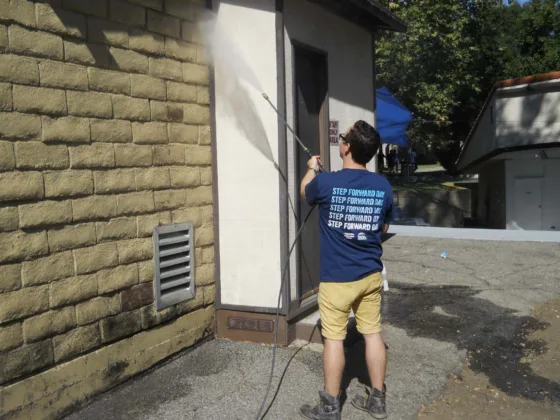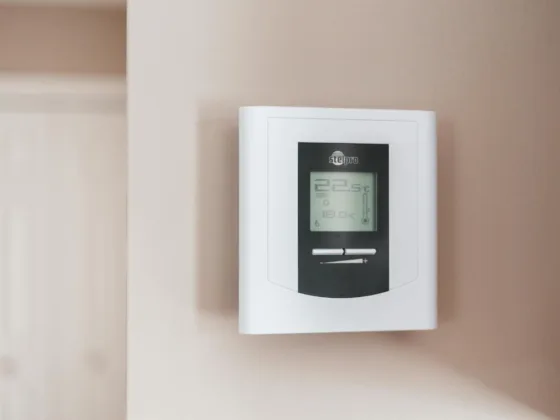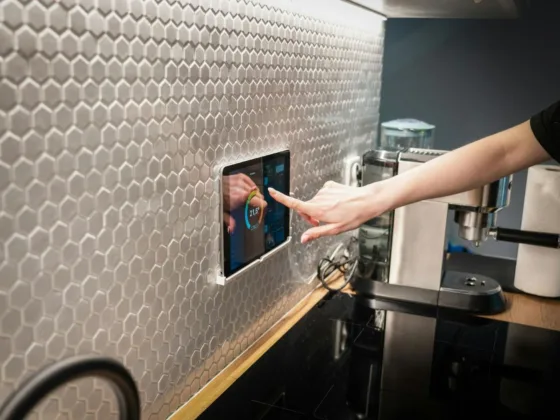Table of Contents Show
Just as it is necessary of taking care of yourself and maintain personal hygiene, you also need to clean your house. Cleaning is essential for protecting our health in our homes, schools and other workplaces. However, household and cleaning products—including soaps, polishes and another kind of cleaning product often include harmful chemicals.
Even products advertised as “green” or “natural” may contain ingredients that can cause fatal health problems. Some cleaning products are flammable or corrosive. To prevent fading and corrosion of the cleaning surfaces, it is essential you use a microfiber cleaning cloth such as the ones made by reputed manufacturers like Tiddox.
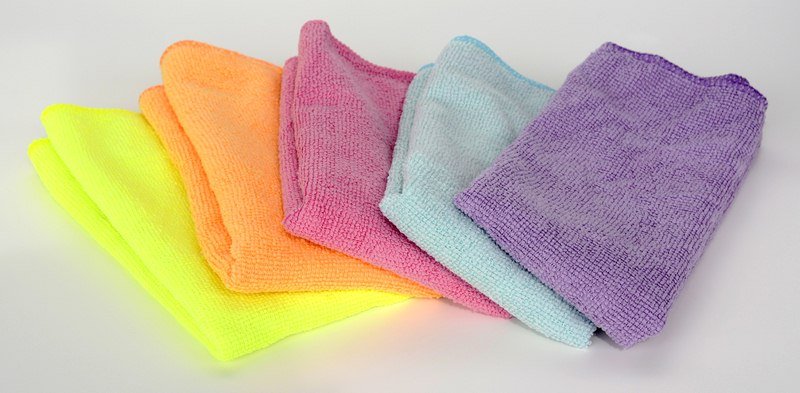
What is Microfiber Cleaning Cloth?
Usually, a microfiber cleaning cloth refers to a synthetic fiber which is extremely thin, even slimmer than a strand of silk. This fiber is about 1/100 of the diameter of a hair. By actual definition, a microfiber must be finer than one denier of the thread. The properties of microfiber cloth depend on the fiber it is made from. This results in an incredibly adaptable fabric with lots of advantages over natural woven materials.
Read Also:
What Is Microfiber Cleaning Cloth Made Of?
The most general type of synthetic material that microfiber is made from is polyester, but nylon and other types of polyamides are used for making Microfiber Cleaning Cloths. For environmentalists, the production process of microfiber cleaning cloths may not seem as Eco-friendly as natural fabrics, but it’s noteworthy that during the production process of polyester microfibers, absolutely no pesticides are used.
Furthermore, the dyeing methods don’t need any water which results in less wastage. Ironically, large quantities of water are required in the dying process of cotton. This makes the production process of microfiber cleaning cloths to be more efficient than cotton.
Where Microfibers Was Originated?
Despite millions of people are using microfiber cleaning cloths for all of their cleaning purposes, no one seems to be 100% sure where it was first developed. One of the most interesting origin stories is that it was invented by the scientists of Japan to create lightweight and flattering swimwear for women in the 1970’s.
However, the endeavor was an epic failure as the swimsuits absorbed the water and became very heavy. Fast forward ten years, European scientists were successful in redeveloping a new and improved iteration of microfiber, which they marketed it as an extremely absorbent type of fabric for cleaning purposes.
Types of Microfiber
There are mainly two types of microfiber; flat weave and split weave. The classification of the fibers is dependent on whether the fibers were split during the production process.
Split Weave Microfiber
‘Split weave‘ microfiber is developed by the fibers being split during production. This enlarges the surface area and consequently more water can be absorbed by the material. When the threads are split, thousands of tiny loops are formed. These loops are ideal for picking up small dirt particles without being abrasive.
Flat Weave Microfiber
‘Flat weave‘ microfiber is not made for cleaning or sportswear because it lacks the moisture absorbing capabilities of a split weave. If one is not sure whether a cloth is split or flat weave microfiber, just run the cloth over ones hand over the surface of the product. If it is split, the fibers will cling to the skin.
Where Microfiber Cleaning Clothes Can Be Used?
- Dusting and polishing surfaces
- Cleaning glass and mirrors
- Wet/dry mopping floors
- Cleaning kitchen counters and stovetop
- Cleaning bathroom sinks, tubs, showers, and counters
- Removing stain removal
- Cleaning up messes and spills
- Wiping down stainless steel appliances and chrome faucets
- Cleaning baseboards
- Cleaning Toilets
- Washing body
Why Use Microfibers Cleaning Cloths For Cleaning?
There are many aspects of having an environmentally clean home than from the traditional cleaning methods that we were taught by our mothers or grandmothers. It is not just the chemicals that are being used for cleaning, but also how we use and dispose of the items and the chemicals after the cleaning process. The introduction of a microfiber cleaning cloth has brought significant change in the way we clean our homes and businesses in an environmentally friendly way.
By nature, microfiber cloths attract dust, dirt and other particles. Thanks for its fibers; microfiber cleaning cloths leave no residue behind. Microfiber cleaning cloths have additional beneficial features such as they are super absorbent, hypoallergenic, non-electrostatic, lint-free, and nonabrasive. Furthermore, microfiber cleaning cloths dry quickly after use and long lasting.
The high density of fibers results in a fabric that makes it more durable. In fact, these microfibers cloths are four times stronger and effective than ordinary cleaning cloths. By using microfiber cleaning cloths with water-based, chemical-free cleaning products, you can minimize your environmental impact.
According to studies, it is being reported that microfiber cloths and mops, when used with only regular tap water, is 99.93 percent more effective in removing bacteria from smooth surfaces when compared to conventional cotton rags and mops used with Lysol or bleach. The latter was found to be 91.88 percent effective. This shows that microfiber cleaning cloths such as the ones from Tiddox are a highly efficient technique of cleaning.
Pros of Using Microfiber Cloths
- Non-abrasive
- Hygienic
- Durable
- Soft to the touch
- Can be treated with anti-bacterial chemicals
- Lightweight
- Water-repellent
- Water-absorbing
- Long-lasting if cared for properly
Cons of Using Microfiber Cloths
- Require special laundering
- Higher upfront cost
Final Thoughts
The advantages of microfiber cleaning cloths far outweigh the disadvantages. The pros of microfiber cleaning cloths easily capture the attention of the customers and make microfiber cleaning as an ideal cleaning technique. Microfiber cleaning cloths are not environmentally friendly; it is great for dusting and polishing surfaces, especially hard to reach surfaces and crevices in our homes or offices.
Author bio
My name is Jack F. Valentine, I am the one who runs https://www.tiddox.com.au I have been running an owned sites. I am happy to assist with any questions or concerns that you may be having about clean. You will learn a whole lot from my experience. Hit me up, in case of anything.




